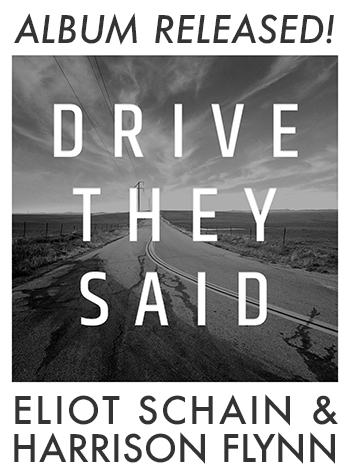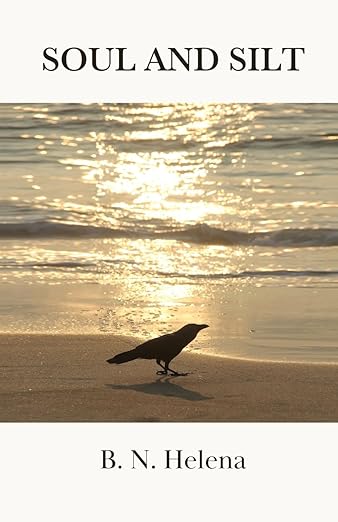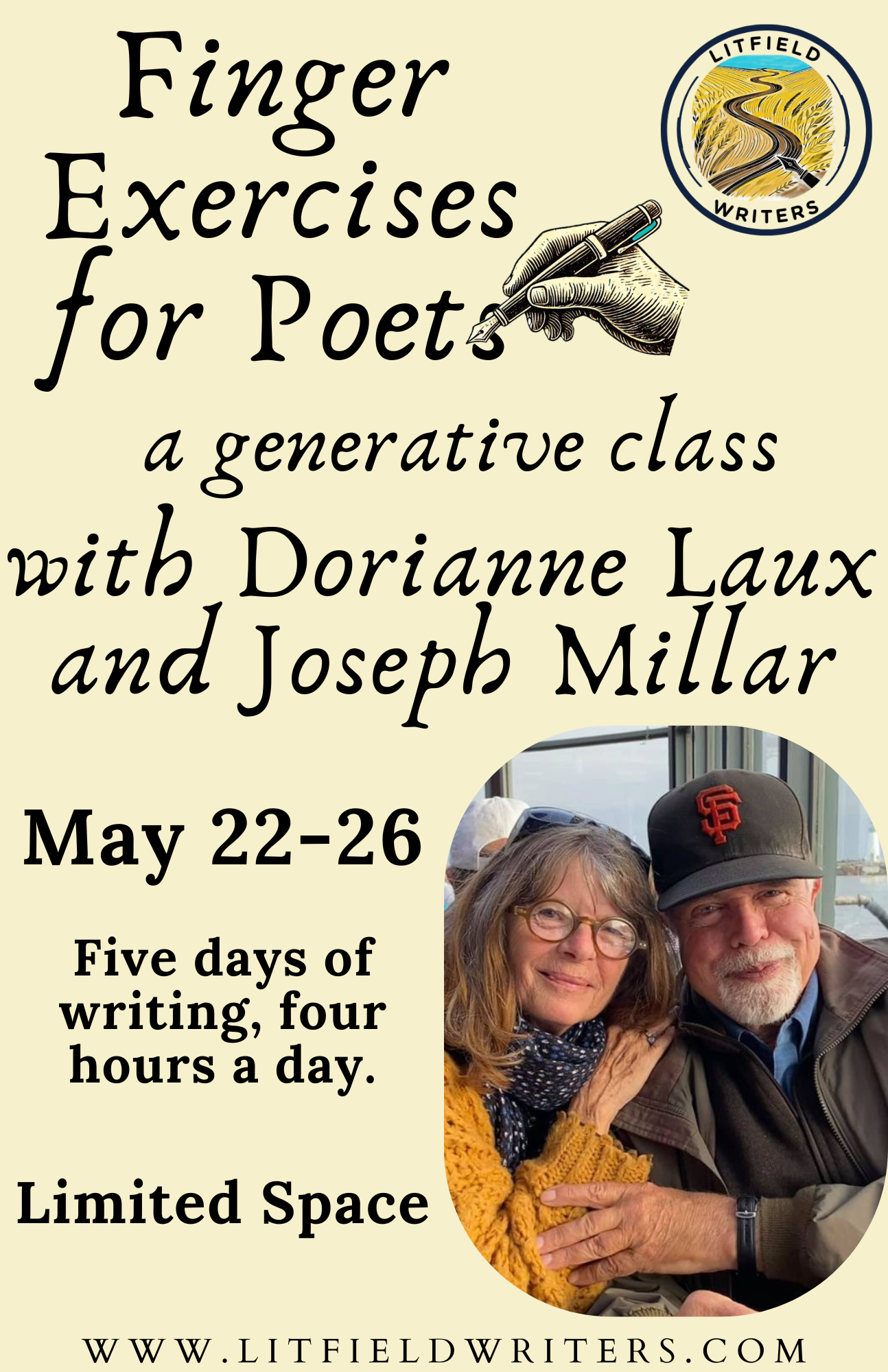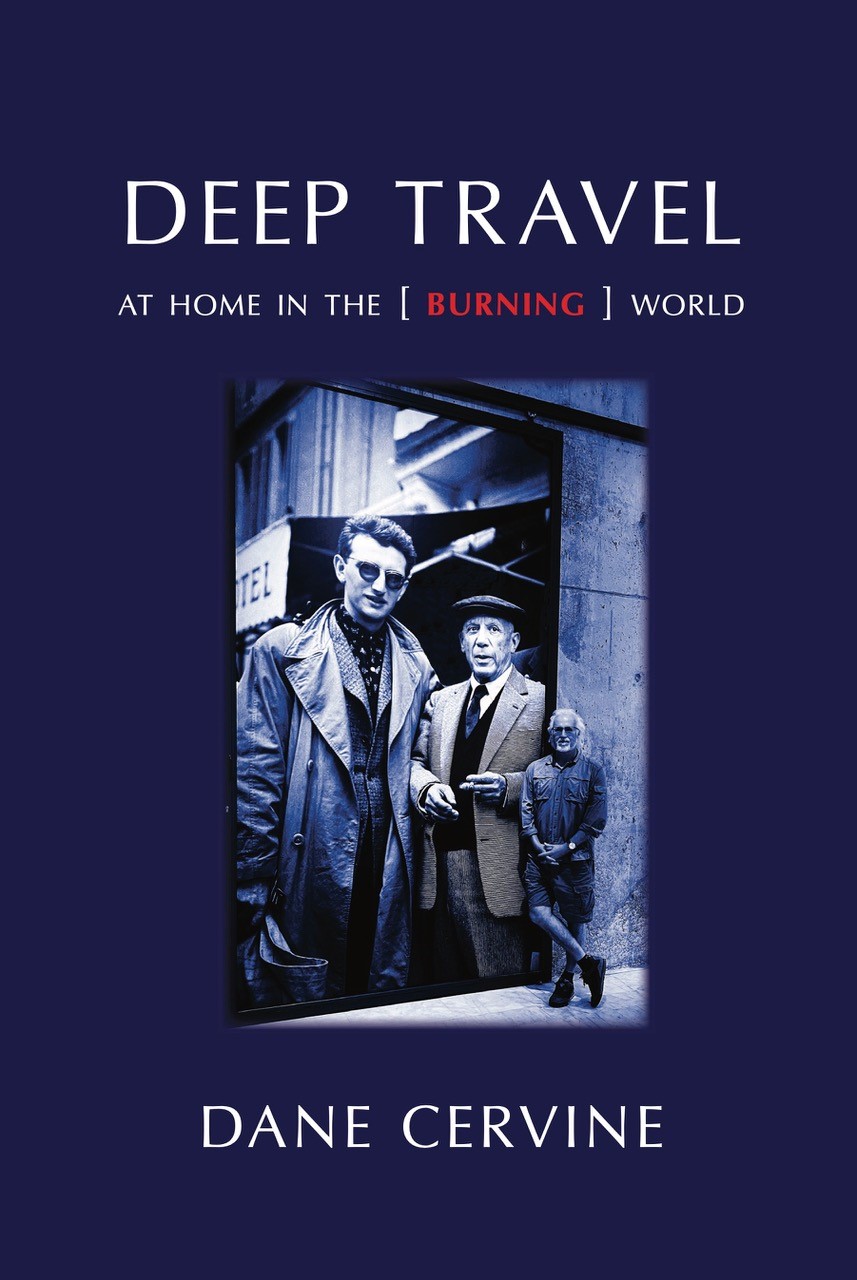
The Made Thing
by Keith Shein
Time Crunch, Cathy Colman, What Books Press, Los Angeles, 2019, 92 pages, $16.95 paperback, www.whatbookspress.com.
I SHOULD MAKE my bias known: I love lyric poetry, its emotion, directness, its address of the human condition. And I hate what it's mostly become: confession, reportage, diary entries broken into verse lines that can't get off the page. No, check that. The words don't get on the page, achieve a form that should seem as solid as sculpture. The words remain tied to the writer, like a pretty or not-so-pretty scarf, adorning his or her experience. When I turn on the computer to check email in the morning, I wince at what Poem-a-Day has sent in the middle of the night, even before I read it. Almost every day, it isn't a poem.
When I read Cathy Colman's Time Crunch, I sat frozen. True, I had to get through the first six or so before I'd believe that I was in the hands of a true lyric poet, but by then, I didn't want it to end. She fully had me. Here are the opening lines of the book, from a poem titled, "The Last Time I Saw Paul Cézanne":
I could begin my life here. Wake up
to oranges and apples forever caught
in the bowl on the tablecloth with its frozen
leaves. Parallel melodies. Aubergines,
bloodrust and the secrets of grey—
earth's molten river core
where colors erupt. Imagine
blue rushing back
from the country of its birth.
Nerve-like branches, dimmed
purple masses,
then yellow lightning, burnt
umbers soft
as distant thunder.
Every inch in present tense.
She begins with that oh-so-dangerous "I," the very word that these days seems to make most lyric poems stillborn at the get-go. Not here. Not even close. Not even when we get "my life" before the first sentence ends, though, I admit, I was already failing at my suspension of disbelief. But then I got from "frozen leaves" to "parallel melodies," space to time with nothing in between by way of explanation. And then a word I didn't know: aubergine. But then there was "blue rushing back / from the country of its birth," and I grinned. For I suddenly knew I, too, had visited the very country of blue's birth, thanks to this poet, without whom I wouldn't have even known such a place existed, yet the passport stamp was right on my forehead. I'd been to a virtual world, a made place, as real as it gets, and I'd never even seen the blue.
But then, the finish of this poem:
What is far away becomes
known as if the speed of my future
stopped here, where I no longer
have to be anything.
Not connect but dissolve. How
at the end everything was transparent—
vermillion, orpiment. Eternity
flashing and breaking
in the autumn of L'Estaque.
Half the landscape standing
in for the whole.
All my great loves lost but this.
Dangerous. The poet asks if the "speed of [her] future [could stop] here." Well, no. Not if she's still alive. And following immediately is "where I no longer / have to be anything." Good luck with that. And I started to groan. Such a great beginning, and then this? But then something unexpected, a sudden shift to past tense: "How / at the end everything was transparent." She's caught herself musing, seen the sentimentality of it. And she begins thinking again: "Eternity / flashing and breaking." "Half the landscape standing / in for the whole. / All my great loves lost but this." And, as a reader, I'm right back in virtual reality, where I want to be. And there, in the moment of the poem, I believe that all memory of loves can be lost if there is just this one painting to witness. Without question, I've been shown the truth.
How does a contemporary poet achieve form, the thing-ness that the poem needs to feel alive? It's been over one hundred and fifty years since American poetry needed to be written in rhyme, meter and prescribed forms; there aren't any outward signs. And I don't think I could say any more than Dickinson did when asked. She answered she knew she was in the presence of poetry when the hair stood on her neck. But clearly, it has to do with attention to language, the compressed, unpredictable, centrifugal force of a poem coming to be in its own terms. The language doesn't represent, describe, depict, or defend. Even if in the first person, the poem has nothing to do with self-expression, as in "Half The Landscape,"
You always knew I'd have to be a woman
who tries to break the code of heaven's
enigmatic billboard, to reconstruct each day out of
the stolen grammar of candles.
When I eat certain pharmaceuticals my body
spells itself like a telegram from the Buddha,
and sometimes I hear applause. Sometimes
I can still see the oxygen/hyacinth/speechless/
Cadillac radiance of everlasting earth.
This is lyric poetry at its finest, coming at the reader through the directness of the first person, but when this "I" addresses the desire to find meaning that may be everlasting, the speaker looks to "heaven's / enigmatic billboard," and to succeed by "[reconstructing] each day out of / the stolen grammar of candles." In the language is the expression: in the words' lack of didactic meaning is the wrenching difficulty of the pursuit of such meaning: in the images is the truth. And this language—these images—have nothing to do with whoever the speaker may be. The authenticity is solely coherent in the poem, the composition, the made thing.
To say that Cathy Colman has a gift for language is a wild understatement. And here I should admit another bias. My first love was Neruda. It took a very tough teacher to get me to fall in love with William Carlos Williams, whom I first found prosaic and plain, and I remain in love with language for and in itself. But that isn't poetry. Poetry is precise, economical, each word weighed for its formal contribution. And that, I believe, is Cathy Colman's greater talent: she doesn't give in to her gift. After the first, dazzled reading, I started looking for excess language, wrong words, ambiguity for ambiguity's sake, clarity not attempted or risked. In lesser hands, under a less rigorous aesthetic, I'd have found such mistakes. Happily, gratefully, I did not. These poems are clean, rendered. They've been thought about, edited, polished until right: honed beauty. And the range of these poems! If current lyric poetry can be correctly and disparagingly accused of being "domestic," the floors of Cathy Colman's poems are painting and music; the walls are physics and mathematics; the roof is history and philosophy. In the rooms may be her personal history. The reader can't know. But the windows are the words.
Cathy Colman may be our new Ashbery. She can match his direct, almost breathy tone and the amazing vibrancy of his language. But I think she's better, more direct, authentic. More lyrical. Time Crunch is a book to treasure. ![]()
Keith Shein has published seven books of poems, including Pictures, Words, Threes and Other Numbers; An Intimate Distant; Hitch; Cast; Word Events; Rumors of Buildings To Live In; and, Mining the Light. Rumors of Buildings To Live In was a finalist for the PEN/Faulkner award. He was the poetry reviewer for the San Francisco Examiner, and splits his time between California and Montana.
— posted APRIL 2021




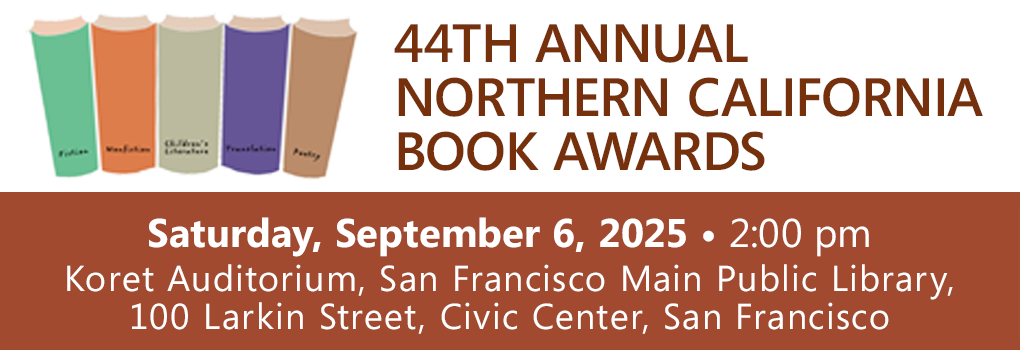


































 So Far So Good: Final Poems, 2014-2018
So Far So Good: Final Poems, 2014-2018  Abandoned Poems
Abandoned Poems 















 Mississippi
Mississippi 
























































